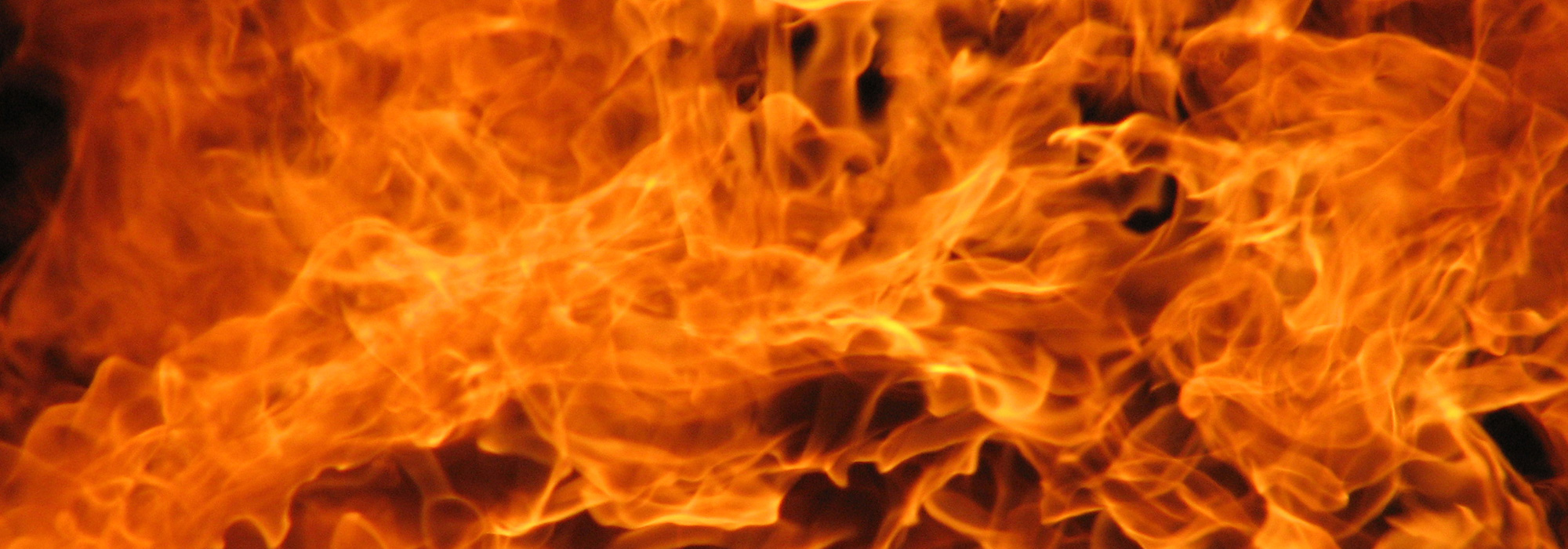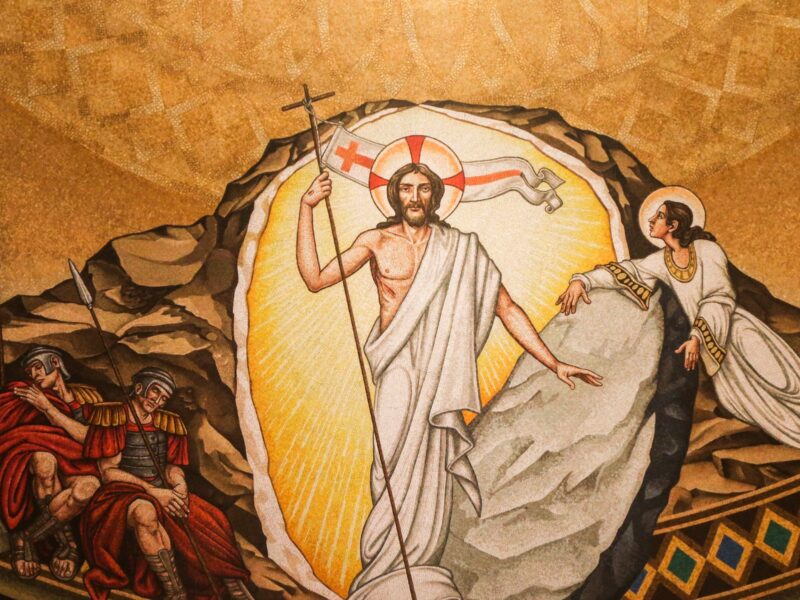
The Prayers the Church Stands For
Feast of the Presentation of the Lord. Fr Euan Marley tells us why the Prayer of Simeon is worth standing up for.
In the places where the Prayer of the Church is celebrated, there are certain prayers for which we are obliged to stand. This is because these prayers are taken from one of the four Gospels. We stand to show a special respect for the Gospels; but it would also seem appropriate to imagine three of these prayers (the other being the Lord’s prayer) being delivered by people standing up: The first is the Benedictus, Zechariah’s prayer of blessing at the birth of his son, John the Baptist, with the child presumably in his arms. The second is Mary’s prayer as she greets Elizabeth after the message of the Angel Gabriel. She is described as standing up and making her way to Elizabeth — the Greek word for standing up also being the word for resurrection. The church stands and recites or sings these prayers at Morning and Evening Prayer.
The third prayer is in today’s Gospel on the Feast of the Presentation. It is the prayer of Simeon the priest and it is used at Compline, the last prayer of the day. Simeon takes the child Jesus in his arms, and being in the temple is surely standing to do this.
I said that we stand as a mark of respect but there is more to it than that. Human beings stand up while other animals walk on four legs, which is what is really meant by the phrase ‘creeping things’ in the seven-day creation in Genesis. So standing up becomes a symbol of our full humanity. It also shows that we are alive. In the great mediaeval paintings of heaven, the saints stand for eternity, without ever growing tired.
It’s curious that these prayers, which unfortunately are now largely prayed only by priests, monks and nuns, and not the whole Church as they should be, are prayers involving children. One is part of a joint prayer of praise between two pregnant women, Elizabeth and Mary, while the other two are by men holding babies in their arms. Tertullian, the third century theologian, saw that what really showed the difference the Church had made to the ancient world was in her attitude to babies. It was commonplace for people to abandon unwanted new-born babies in the open. The babies were either left to die or where taken to be used in utterly inhuman ways. Christians took these children to themselves; they embraced them and brought them up, so that they too could stand for the praise of God.
I once heard a radio programme in New York, where the presenter bluntly said to a women caller that men don’t want to be fathers. This is, of course, quite wrong, but the sizeable grain of truth in this statement is that while men do want to be fathers, they also want other things and fear other things which can interfere with this desire. The Old Testament contains many stories about men, from Abraham on, who do not easily accept the children they are given. The stories culminate in St Joseph who sums up so much of the experience of the men of the Old Testament, being told not to fear to take Mary as his wife, for that which is conceived in her is from the Holy Spirit.
Part of the problem is that men see in the child, consciously or not, a sign of death. The child comes to replace us. Zechariah talks in the Benedictus of those who dwell in the shadow of death. Simeon has been told that he will not see death until he has seen the Messiah, or to put it another way, when he sees the Messiah, then he will die. The paradox is that only by accepting death can we accept life.
What about the women then, on this feast of Mary? The strange thing is that Mary’s prayer does not address a child. It does speak of the future, of the generations to come and the pattern that God has established for history, where the proud will be laid low. I think that this different focus is because women face a different temptation from men: men are tempted to reject the child; women are tempted not to let go of their child, not to allow their child to face the dangers of the world. This too is to dwell in the shadow of death. The Feast of the Presentation is a feast of light against death’s shadow. A man and a woman overcome the fear of death. The man by accepting the child, the woman by presenting the child to God, like Hannah before her, but in a vastly more profound way. Given up to death to overcome death, Christ is the light of nations. Something worth standing up for.


